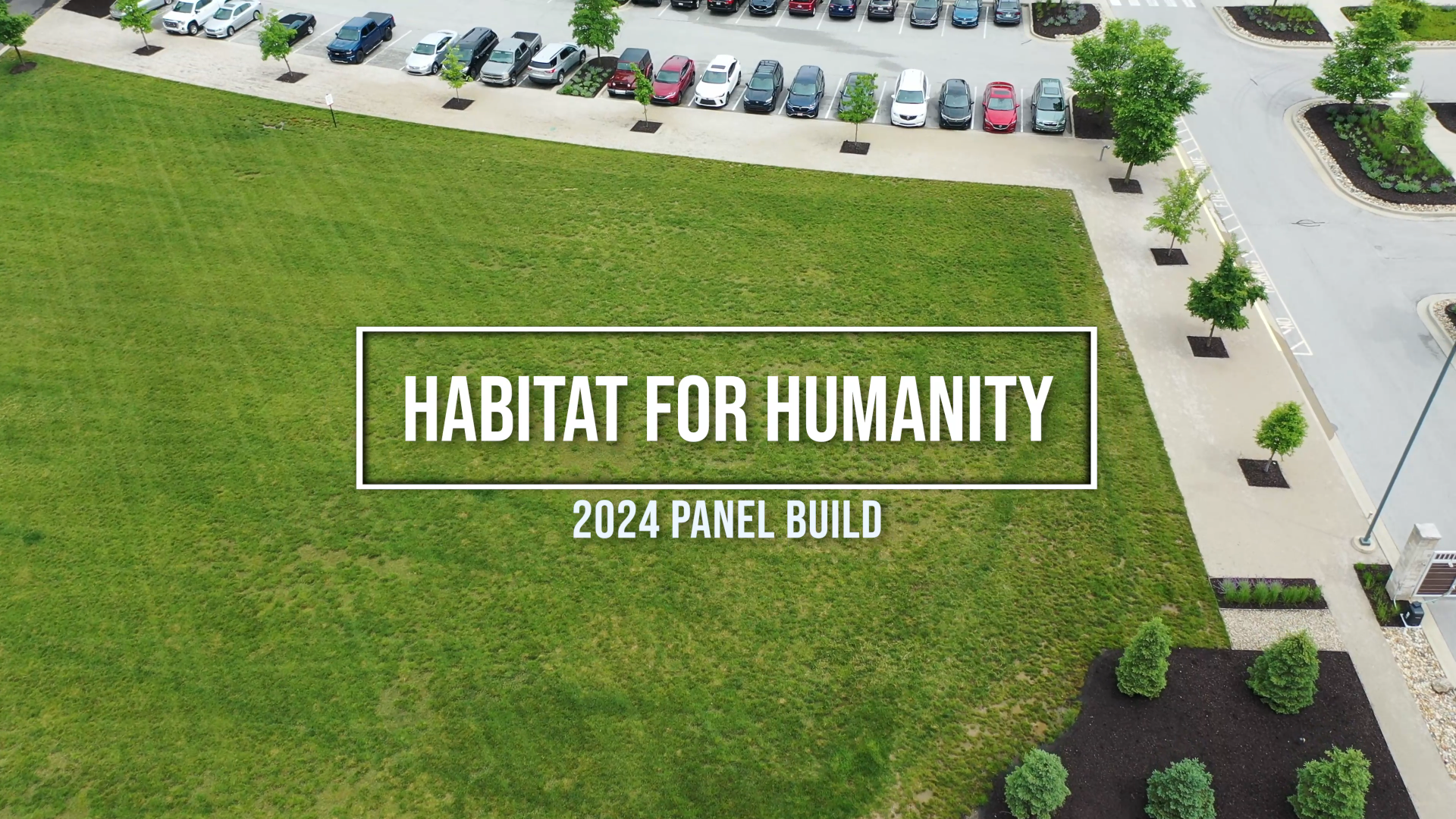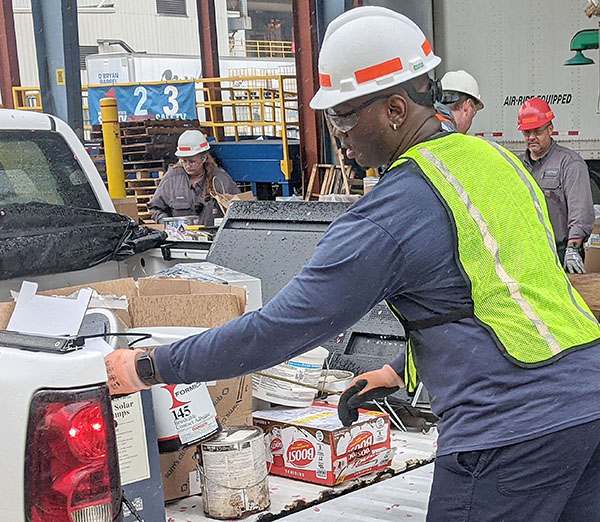According to the EPA, “owners and operators of land treatment units (LTUs) must devise a program and demonstrate its effectiveness given the design of the unit and characteristics of the area. In addition, the regulations require specific operating requirements to be met in the treatment program. The requirements outlined for the treatment program, including design and operating criteria and unsaturated zone monitoring, stem from a treatment demonstration.”
The purpose of the treatment demonstration is for the owner/operator to adequately display the effectiveness of the land treatment unit at degrading or immobilizing the hazardous constituents in the waste placed there within. A treatment demonstration can involve laboratory testing and/or field testing on a sample soil plot.
What is a Treatment Demonstration?
The EPA states that, “the Regional Administrator or authorized state uses information provided by the treatment demonstration to set permit standards. Interim status units are not required to establish a treatment program because the interim status regulations are self-implementing.” In order for owners and operators to place waste in an LTU the waste must be rendered nonhazardous or less hazardous from placement. The EPA has established a list of parameters that owners and operators must establish during the treatment demonstration. These parameters include the following:
- “Specify the wastes that may be handled at the unit. In general, land treatment is confined to wastes that are primarily organic and that can be greatly reduced in volume by physical, chemical, and biological decomposition in surface soils. The owner and operator must be able to account for smaller fractions of heavy metals and persistent organic compounds by immobilizing those constituents…
- Formulate a set of operating measures. The LTU must be operated in a manner that will maximize degradation, transformation, and immobilization of hazardous waste constituents….
- Establish unsaturated zone monitoring. The purpose of this program is to make sure that treatment is occurring within the treatment zone and that all hazardous constituents are being adequately treated. The information provided from the monitoring can help the owner and operator “fine tune” the treatment process to maximize the success of the treatment. Unsaturated zone monitoring involves soil monitoring (e.g., obtaining soil samples) immediately below the treatment zone…
- Define the treatment zone. This zone comprises the horizontal and vertical dimensions of the unsaturated zone in which the owner and operator intend to perform the actual treatment. The zone can be no deeper than 1.5 meters (5 feet) and the bottom of the zone must be at least one meter (3.2 feet) above the seasonal high water table.”
According to 40 CFR §264.273, “the owner or operator must design, construct, operate, and maintain the unit to maximize the degradation, transformation, and immobilization of hazardous constituents in the treatment zone. The owner or operator must design, construct, operate, and maintain the unit in accord with all design and operating conditions that were used in the treatment demonstration…
At a minimum the Regional Administrator will specify the following in the facility permit:
- The rate and method of waste application to the treatment zone;
- Measures to control soil pH;
- Measures to enhance microbial or chemical reactions (e.g., fertilization, tilling); and
- Measures to control the moisture content of the treatment zone.”
Quoted and EPA cited information (unless otherwise noted) for this blog post was gathered from the EPA document, “Introduction to Land Disposal Units.” As always, this blog post is not intended to be comprehensive and it is always best to check with the EPA and local government for full, up-to-date, rules and regulations.
More News From Heritage
-
6/27/24
Heritage Environmental Services to Acquire EBV from General Dynamics
Heritage Environmental Servicess, an EQT Infrastructure portfolio company, will acquire EBV from General Dynamics
-
6/13/24
Meet The Facilities – East Liverpool
An inside look at our incineration facility located in East Liverpool, OH
-
5/24/24
Habitat for Humanity 2024
Heritage hosted our 14th annual Habitat for Humanity build this month, partnering with over 50 employees from various THG companies.
-
5/6/24
Date set for the household hazardous waste collection in East Liverpool, Ohio
-
3/12/24
Equal Pay Day – Spotlighting Our Female Drivers
-
3/8/24
International Women’s Week Spotlight – Shannon Dippel
For International Women's Week, we're spotlighting some of the incredible women in the Heritage family. Our final spotlight is Shannon Dippel.
-
3/8/24
International Women’s Week Spotlight – Susan Adams
For International Women's Week, we're spotlighting some of the incredible women in the Heritage family. Our sixth spotlight is Susan Adams.
-
3/7/24
International Women’s Week Spotlight – Lea Wilson
For International Women's Week, we're spotlighting some of the incredible women in the Heritage family. Our fifth spotlight is Lea Wilson








